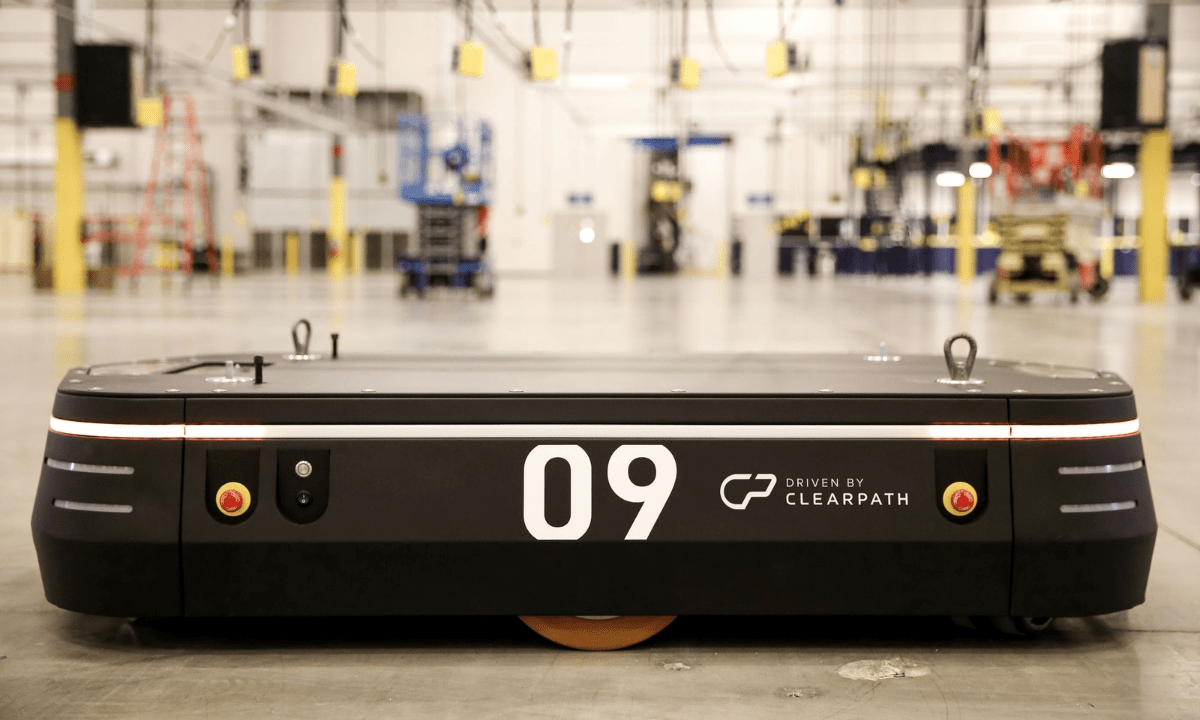Differences between AGVs and AMRs

Although AGVs and AMRs look similar, they have significant differences. AGVs are automatically guided vehicles and operate on a pre-determined route using fixed elements such as magnetic strips or beacons. AMRs, on the other hand, are autonomous mobile robots with the ability to navigate freely and make decisions in real time without human intervention.
Main features:
- AGV:
- Pre-established routes.
- Frequently used for transporting heavy loads.
- They detect obstacles, but they cannot redefine their route.
- AMR:
- Free navigation with lasers.
- More dynamic and suitable for environments where they interact with people.
- It processes data in real time and adapts to the environment.
How to choose?
- AGVs are ideal for fixed tasks and predetermined routes, while AMRs are more flexible and can be used in dynamic environments.
- Assessing the specific needs and working environment is essential to determine the right solution.
In conclusion, as Industry 4.0 advances, autonomous robots, such as AMR, become an essential tool in factories.

Automated Guided Vehicle
Advantages
- High availability
- Predictable behaviour
- Reproducible cycle times
Disadvantages
- Depends on free travel routes
- Adjustments in the layout of the hall require refurbishment
Autonomous Mobile Robot
Advantages
- Changes in external conditions are partly offset
- Adjustments to the hall layout usually do not require any extra work.
Disadvantages
- Cycle time is difficult to predict
- Large track widths are required
- Behaviour is not predictable (harder to accept employees)
